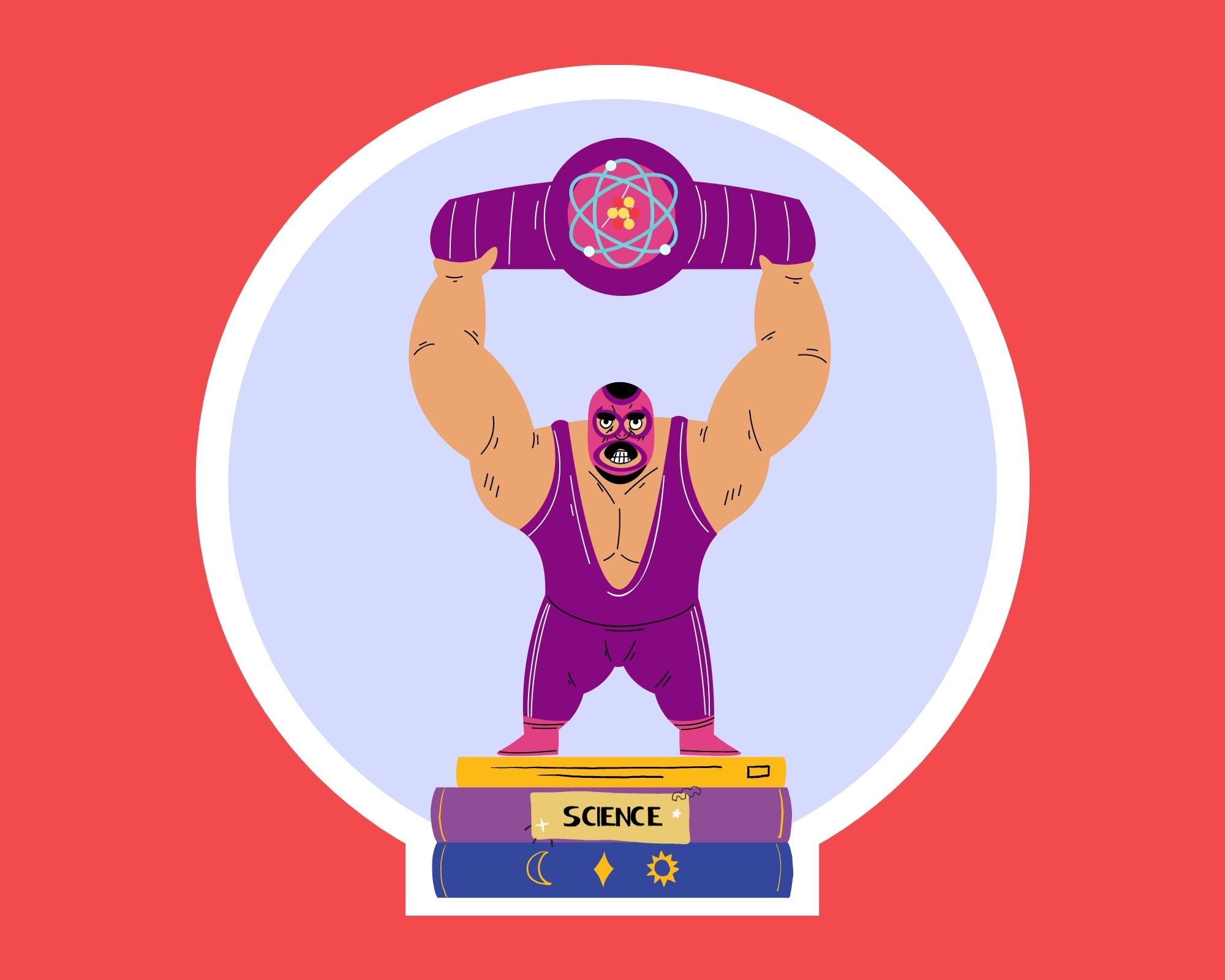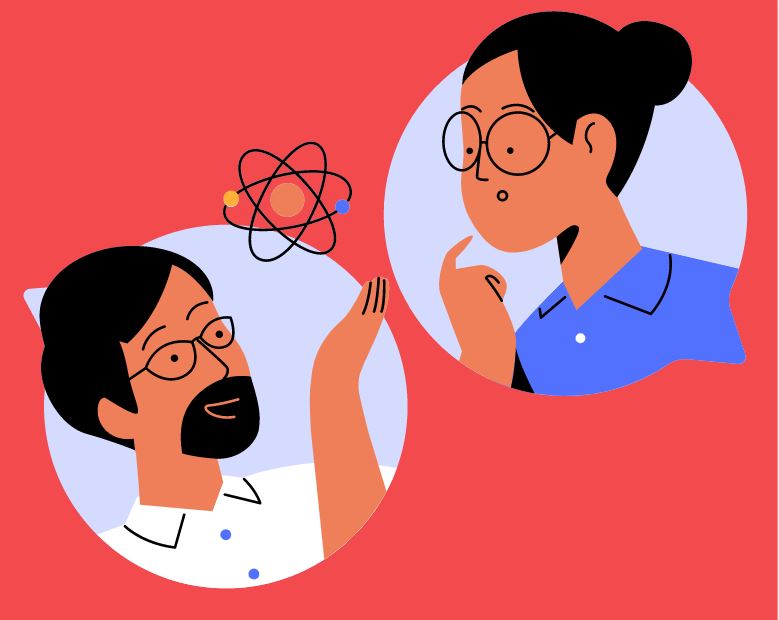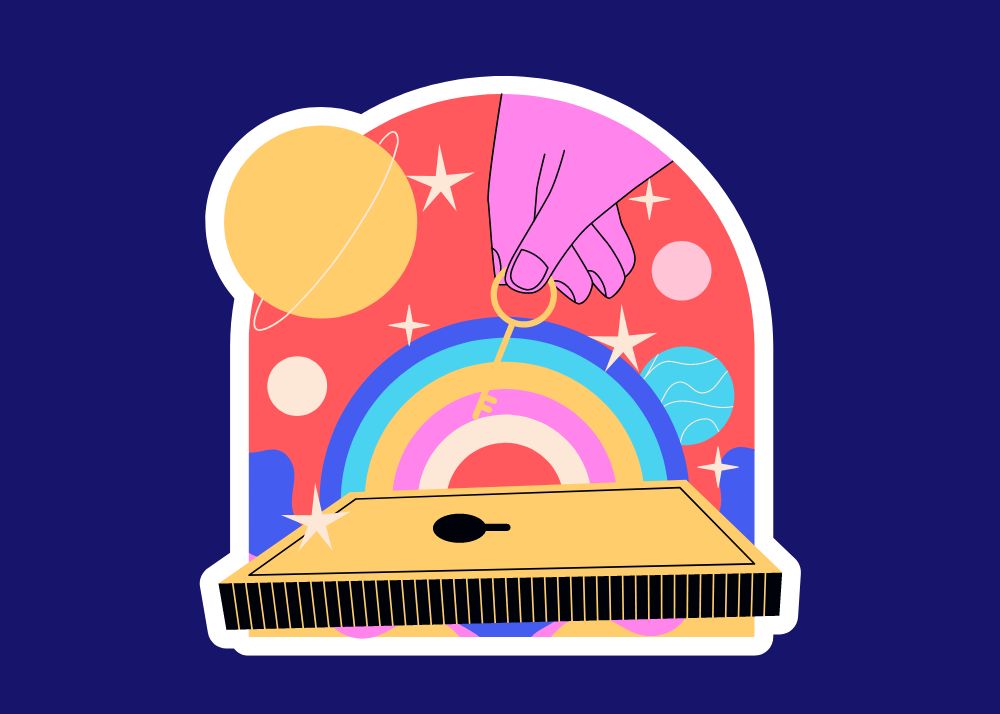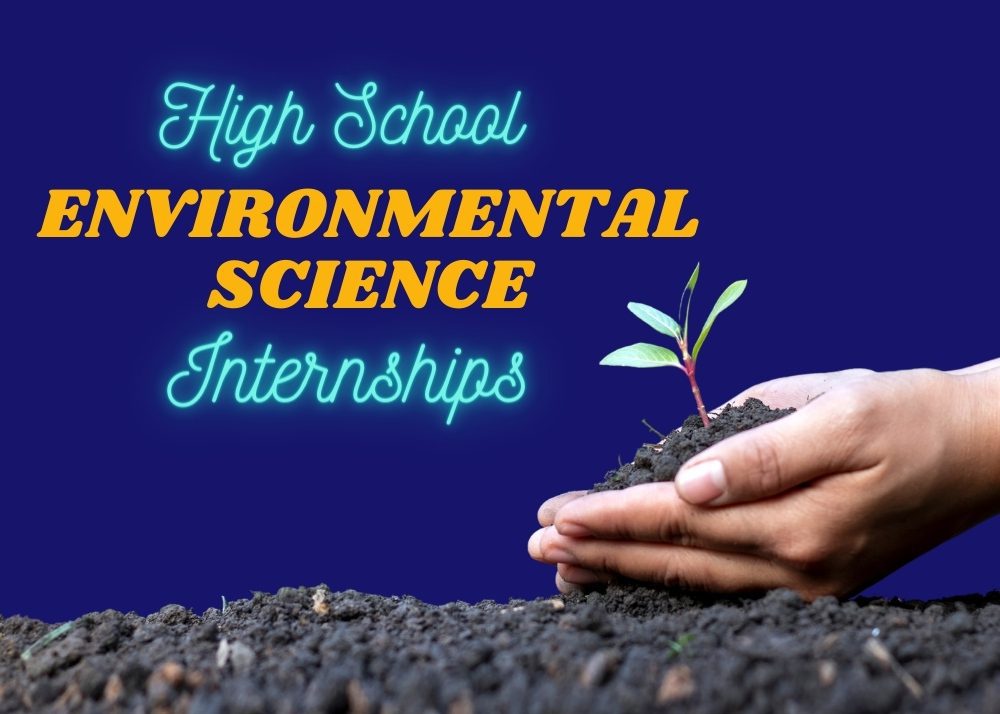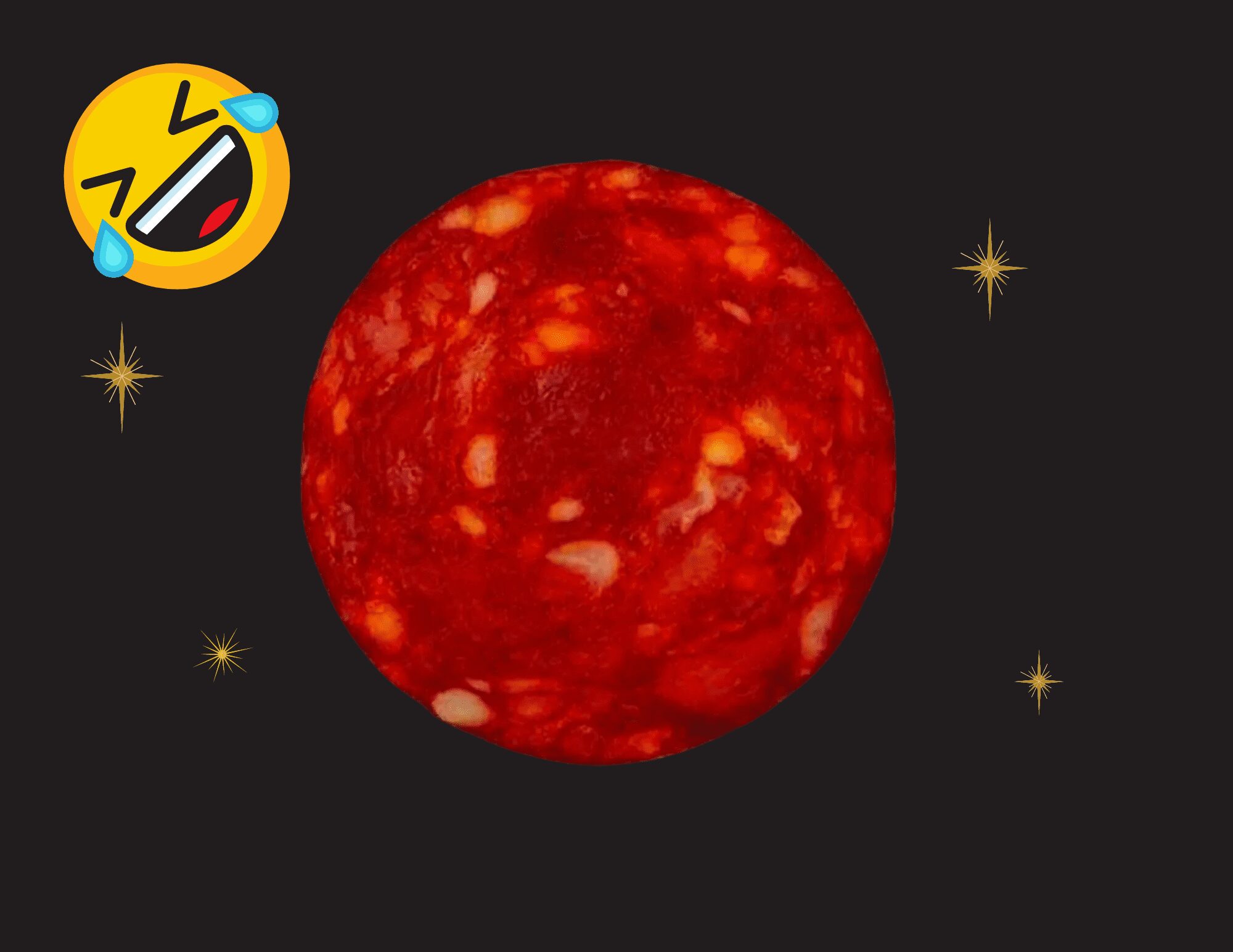High School Science Competitions: How to Enter and Win
What’s the secret to entering and winning prestigious high school science competitions? Getting help from the right teachers, research scientists, and other mentors! Here’s how you can get that help, too.
Myth: Teens Who Win Science Competitions for High School Students are Self-Made Geniuses
From the outside looking in, science competitions for high school students can seem incredibly intimidating and scary. Just looking at the titles of some of the top high school science competition entries is enough to make even smart teenagers who do really well in high school – including many Hispanic and Latino/x teenagers – think that they aren’t up to the challenge.
You may wonder: How do these young kids come up with the often highly sophisticated ideas for their experiments? How do they get access to the materials and equipment required to conduct their research? They must be incredible, scientific geniuses, right? And surely your “typical” intelligent high school student doesn’t stand a chance, right? Wrong! They just know something that you probably didn’t realize, but that you do now:
Fact: Teens Who Win High School Science Competitions Get a Lot of Help from Professionals
The high school students who enter science competitions are definitely highly motivated, very hardworking, and intelligent. But it’s important to understand that they also get a significant amount of help from adults (parents, teachers, scientists, and/or other mentors) with extensive scientific knowledge, research experience, and physical resources. And they get this help at every step of the process, including:
- coming up with an idea for an experiment — a question about the natural world (this is called a “problem”) and an idea of how to answer it (a “hypothesis”);
- designing the parameters of the experiment (figuring out what you will measure or test to see if your hypothesis is correct, and how you will do it);
- getting the access to the equipment and supplies needed to measure or test the hypothesis;
- running the experiment (actually conducting the measurements or other testing to see whether the hypothesis is correct); and
- preparing the “scientific poster” (an illustrated summary of the research) or other reports required to enter high school science competitions.
You Can Get the Same Help!
The judges at the major high school science competitions know that the students get help. And there’s nothing wrong with that, provided that the student does most of the work running the experiment or project. But this reality shows that the teens who enter high school science competitions aren’t superhuman or doing something that any other reasonably smart and hard-working student couldn’t do. The trick is to know how to get good help.
The “Secret” Resources That Winners Know About and Now You Do, Too!
How can you get the same kind of help? There are actually pipelines for teens to work with top research scientists and conduct research projects that can be submitted to high school science competitions. These pipelines go by a number of different names, such as: science programs, research mentorship programs, research internships or science research internships. And the great news is that many of these pipelines: (1) are FREE or will even PAY YOU to participate; and (2) are eager to help students from groups that are underrepresented in science education and careers, including Hispanic and Latino/x teens! Where can you find these programs? We’re glad you asked!
Search Lateenz’s Lists of Top Science Mentorship Programs and Science Research Internships
Over in our Teens Resources Section, we have a huge database of programs and internships for middle and high school students, including science mentorship programs and science research internships all over the country. The best way to find them is to choose “Lab. Research” in our Focus filter. Here’s just a taste of what you will find:
1. Mayo Clinic: SPARK Research Mentorship Program
The SPARK Research Mentorship Program is a perfect example of a FREE pipeline program designed to help students prepare for the top high school science competitions. SPARK stands for Science Program for the Advancement of Research Knowledge, and, according to the SPARK website: “During the program, SPARK scholars produce highly competitive projects that they enter in science fairs, and many have won regional and state awards, honors, and prize dollars for their research. Many SPARK scholars go on to prestigious colleges and universities to pursue studies in fields related to science and medicine.” The students that participate in this program receive an “unparalleled mentored research experience in world-class laboratories at the Mayo Clinic” specifically in the areas of “basic science, the research process, critical thinking, and professional conduct” — in other words, the key elements of a competitive project for a science competition.
This program is for students who live near the Mayo Clinic in Jacksonville, Florida (in Duval and St. Johns counties), but it is not unique; there are science research mentorship programs in many different parts of the U.S. as you will see from if you keep reading.
2. Baruch College: STEM Research Academy
The Baruch College Now STEM Research Academy is another FREE program for high school students in New York City aimed at building science knowledge and skills through “authentic inquiry activities” (translation: conducting high-level science research and experiments alongside experienced scientists). This is a two-part program where students take a college-credit research methods course during the spring semester and then are matched with a science research professor at the City University of New York for a “structured” six-week summer internship program (translation: “structured” = designed to help walk the students through the steps of a scientific research project).
3. Harvard-MIT Science Research Mentoring Program
In the Harvard-MIT Science Research Mentoring Program, Greater Boston Area high-school students work on a year-long independent research project in astrophysics with the help of an astrophysicist or planetary scientist at the Harvard-Smithsonian Center or at MIT. According to the program website, students who participate in the program do “real, cutting-edge research and work closely with scientists from diverse backgrounds.” What’s even better than that? (1) This program encourages applications from all high school students, regardless of their grades or background, (2) the program provides each student with a laptop and all the research equipment they need; and (3) the students get paid. Wow! The program runs throughout the school year (from September – May) and students regularly meet with their mentors twice a week. Students also attend monthly advisory meetings with the director of the program and the other students who are participating. The program ends with a presentation where the students prepare scientific posters and discuss their research as part of a symposium at Harvard.
4. Keck Graduate Institute: High School Summer STEM
The Keck Graduate Institute High School Summer STEM program is a 5-week internship in Claremont, California for highly motivated and academically strong high school students. In this internship, high school students “shadow undergraduate students and other researchers at KGI, and are then able to engage in a small, well-defined research project matched to their skills and knowledge.” Interns are also assigned a KGI faculty mentor to make sure they are doing well along the way, and they are invited to activities such as seminars and workshops. This program is also effectively FREE: there is a $20 application fee, and even this can be waived if you can’t afford it.

5. Arizona State University: The Science and Engineering Experience (SCENE)
Do you live in Arizona? If so, you should check out the SCience and ENgineering Experience (SCENE) at Arizona State University. This FREE program “provides cutting-edge science research experience to high school sophomores, juniors and seniors” who work in the “state-of-the art labs at Arizona State University, under the guidance of professors and university students, to answer their own original research questions and compete in regional and national science competitions.” What sets this program apart is that it is not specific to one area of science (like astrophysics or biotechnology). Instead, SCENE offers a very broad range of possible research areas including:
-
- “Biodesign
- Engineering
- Evolution & Medicine
- Integrative Arts & Sciences
- Life Sciences
- Molecular Sciences
- Physics
- Solid State Science
- Sustainable Engineering”
6. George Mason University College of Science: Aspiring Scientists Summer Internship Program (ASSIP)
If you live in the Washington, D.C. area, you could look into the Aspiring Scientists Summer Internship Program (ASSIP) at the George Mason University College of Science. ASSIP is an 8-week full-time summer internship where high school students do advanced scientific research working “one-on-one with faculty researchers at George Mason University and collaborating institutions using state-of-the-art technology across many disciplines.” Some students who have participated in this program have even had their “names published in scientific journals and their work presented at scientific conferences.”
And if you thought that the ASU program above had a wide range of research areas, the website for ASSIP lists the following possible areas of focus:
“astronomy, proteomics and molecular medicine, chemistry and biochemistry, drug discovery, bioengineering, sustainable botany, environmental science and policy, forensic science, geography, geographic information, and spatial sciences, neuroscience, mathematical modeling, physics, atmospheric, oceanic and earth sciences, climate change, biology, disease diagnostics, STEM education, nanoscience, renewable energy, computer simulations, computer modeling, machine learning, cybersecurity, data mining, data science for social good, women’s health issues, infectious disease and epidemiology, game design and serious games, tissue repair and regeneration, coastal flooding, urban hydrology, civil engineering, human-computer interactions, software engineering, bioelectronic interfaces and assistive technology, wireless security, materials failure, micro-/nano-manufacturing, robotics, psychology and neuroscience of human interactions and learning, solar space weather, exoplanet discovery, planetary atmospheres and life, evolutionary molecular ecology, bird populations, and more!”
The only cost is a $25 application fee, which the program will waive if you can’t pay.
7. American Chemical Society: Project Seed Research Program
For something with a larger geographic reach, look into the Project SEED Research Program. Project SEED is a paid, summer internship program that funds bright high school students from economically disadvantaged families so they can spend 10 weeks during the summer as research assistants in an academic, industry, or governmental research laboratory. Once accepted, students commute daily to a research lab (typically about 8 hours per weekday, Monday through Friday) for anywhere from 8 to 10 weeks. Students do meaningful research and work one-on-one with a research scientist on a significant chemistry project. You get to work on a project independently or with other students and write a report or prepare a poster at the end of the summer. There are Project SEED sites in most states, and depending on the site, there may be additional activities, such as field trips and campus tours, career panels, participation in poster/science fair competitions, and more. There is also a virtual option for this program. Students who participate in the in-person program receive a $3,200 fellowship award/stipend.
Want to See More? Check Out the Lateenz Catalog of High School Internships, Programs, Competitions and Scholarships
Again, this is just a small sample of the many programs and internships you can find in our database that help teens prepare for high school science competitions. And, even if you’re not interested in competing, there are many other programs to help you explore the amazing opportunities in STEM!
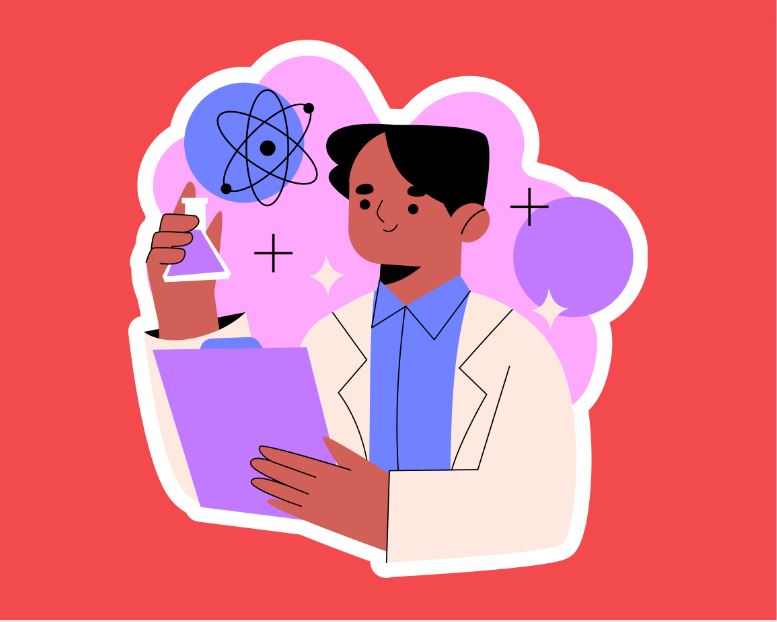
Related articles
Most popular
-
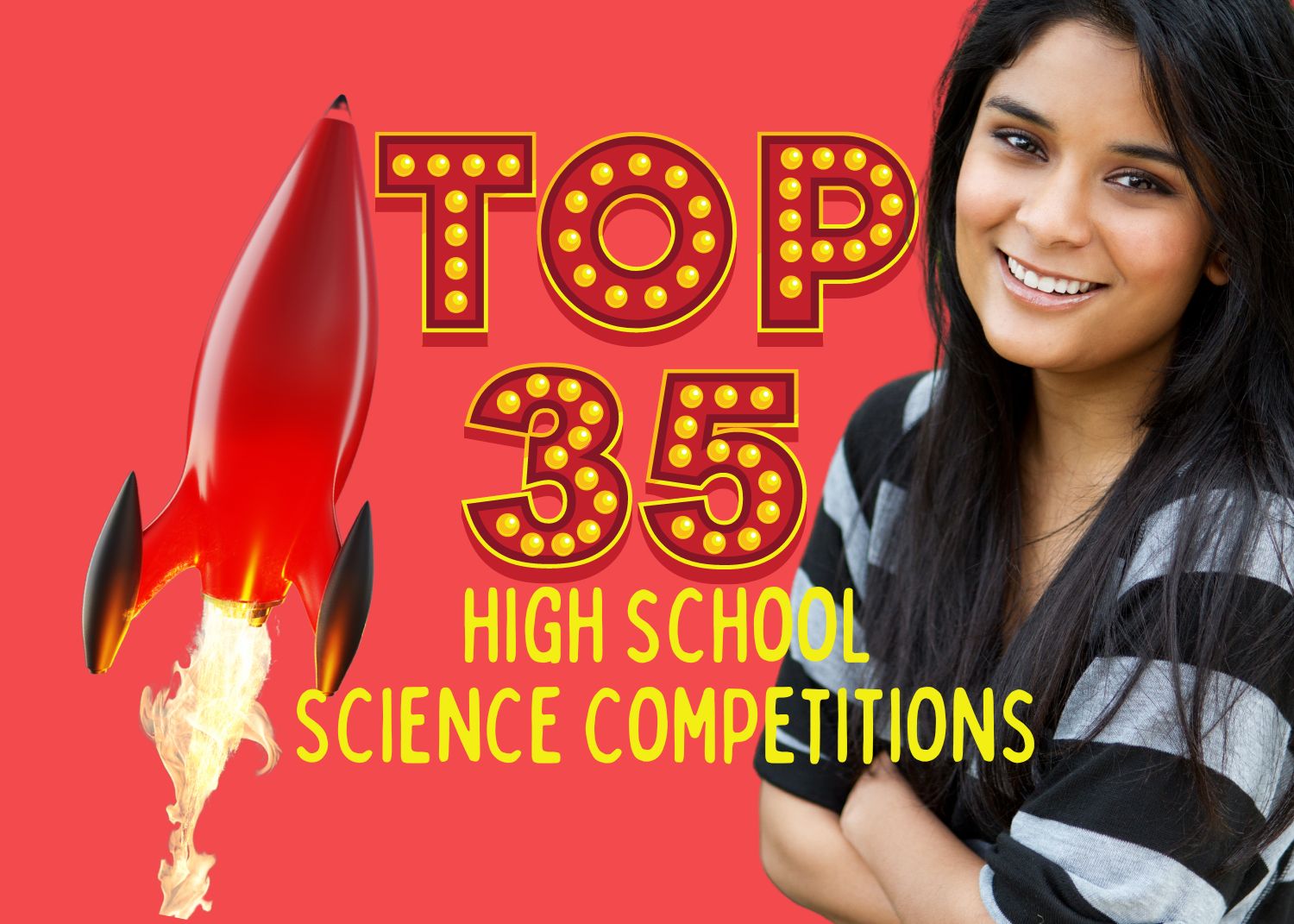 Student Life35 Top Science Competitions for High School StudentsJanuary 31
Student Life35 Top Science Competitions for High School StudentsJanuary 31 -
 Info / InspirationVoto Para La Mujer Quarter is a Major “Change”!July 29
Info / InspirationVoto Para La Mujer Quarter is a Major “Change”!July 29 -
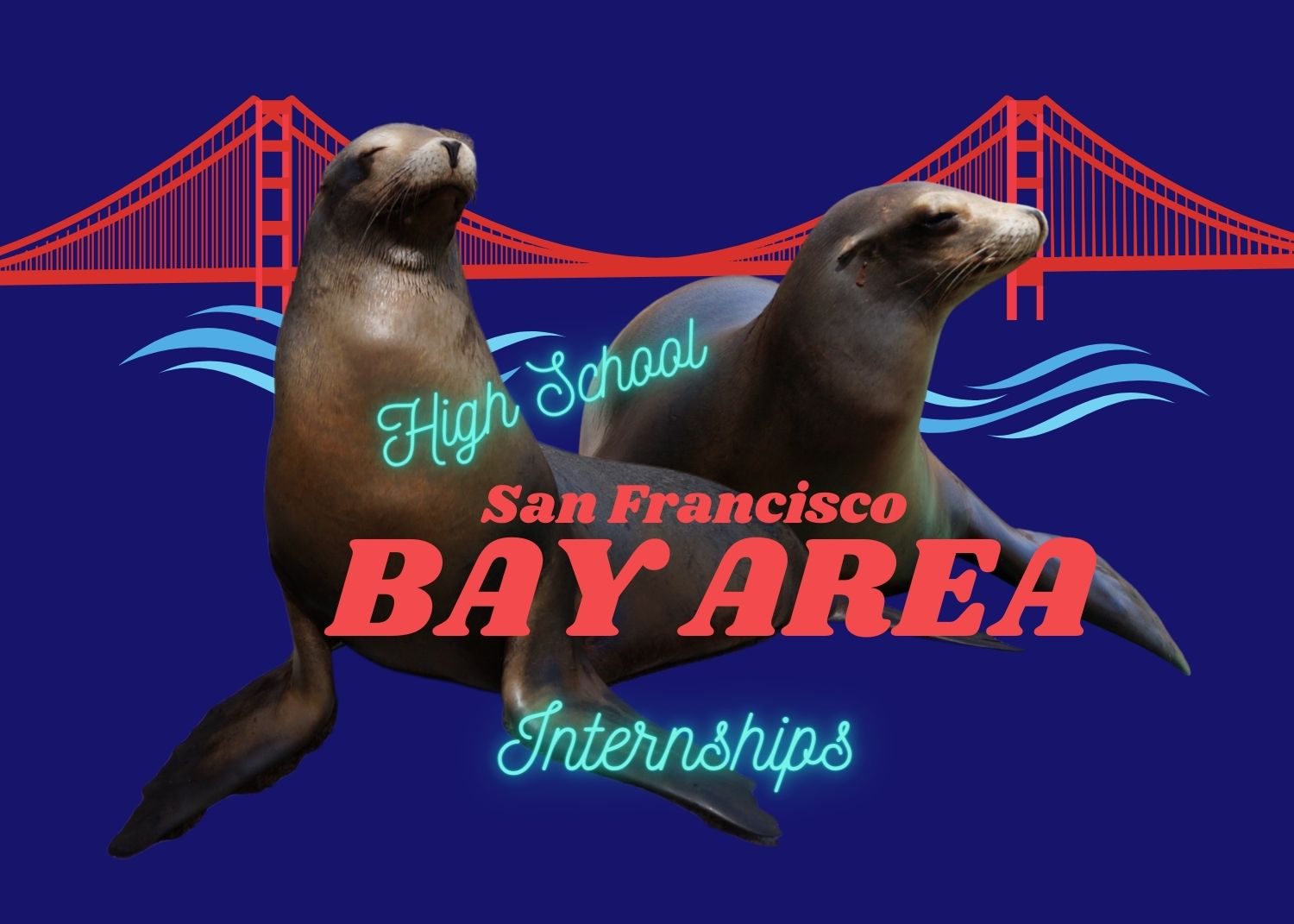 Student Life35+ High School Internships in the Bay AreaJanuary 22
Student Life35+ High School Internships in the Bay AreaJanuary 22 -
 Student Life90+ Best Writing Competitions for High School StudentsApril 13
Student Life90+ Best Writing Competitions for High School StudentsApril 13 -
 CultureA Smashing Success: The Surprising History of the Piñata in Latino/x CultureSeptember 27
CultureA Smashing Success: The Surprising History of the Piñata in Latino/x CultureSeptember 27

